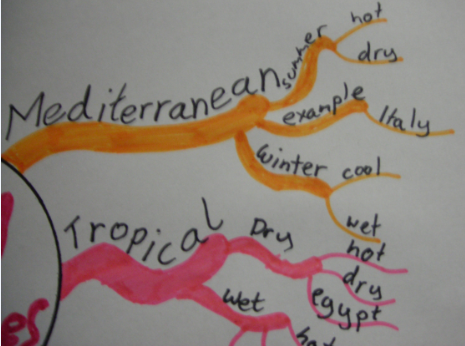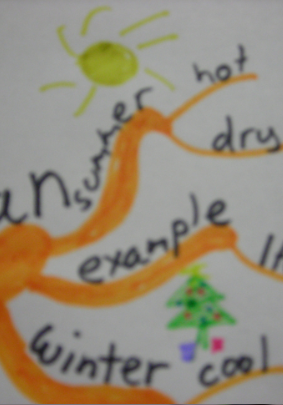How to Make Efficient Revision Notes
 Exam periods are often stressful and depressing times for every student regardless of age or level of education. Whether you’ve stayed up an hour later than normal revising for a French test, or sipped a mug of cold coffee in the early hours of the morning while writing out a rough draft of your psychology paper, we’ve all been there.
Exam periods are often stressful and depressing times for every student regardless of age or level of education. Whether you’ve stayed up an hour later than normal revising for a French test, or sipped a mug of cold coffee in the early hours of the morning while writing out a rough draft of your psychology paper, we’ve all been there.
As we age and move up through the levels of education, work loads double and triple as standards grow higher and higher. Last minute glances and painful all-night revision sessions no longer reward you with the A or high B grades that you have the potential to receive. Exams now require varying amounts of effort on your part, yet the traditional way of revising is, more often than not, not the more efficient way of learning.
It has been scientifically proven that the human brain is somewhat divided into two sections, left and right. The left section of our brain comprehends words, numbers, lists, analysis and so on. The right half of your brain deals with colour, imagination, rhythm and dimension. It is important to understand that to achieve your brain’s full potential, we must find a way to make use of both sides of our brains instead of just the left. In this tutorial you will learn how to construct and use a coloured spider’s web to enhance your notes and speed up revision.
To begin, choose your topic. For this tutorial I will use geographical world climates. You’ll need some paper, unlined if possible, and some colouring pencils or markers.
- Turn you page on it’s side (landscape) to allow yourself more room to draw.
-
 In the center of your page, draw a circle with your topic written in a bright colour inside it. Make sure your letters and big and bold as seen below.
In the center of your page, draw a circle with your topic written in a bright colour inside it. Make sure your letters and big and bold as seen below.
-
Your main ideas or areas will branch off from the center. Make your letters bold to show their importance at a glance. If you need to, you can also write in capitals. The branches should be brightly coloured. Avoid using straight lines when making these branches

-
It’s time to add some meat to the bones of your revision web. From each of the main branches, add your details. The strings extending from your main ideas should be thin and coloured.
 Again, avoid straight lines. The lettering of the details can be capitalize or not, depending on your own preference. In the example below, I focus on just one branch of my web.
Again, avoid straight lines. The lettering of the details can be capitalize or not, depending on your own preference. In the example below, I focus on just one branch of my web.
-
 If needed, feel free to add further details and strings to your web. Like before, shrink the size of your string and your words.
If needed, feel free to add further details and strings to your web. Like before, shrink the size of your string and your words.
-
 Finally, add small illustrations to memorize each branch! Use images you associate with each main idea. Remember, the right side of your brain comprehends colours and images.
Finally, add small illustrations to memorize each branch! Use images you associate with each main idea. Remember, the right side of your brain comprehends colours and images.
And that’s it! Take your new spider’s web and compare it to your old notes. Which would you rather study? I highly doubt it’s your essay of information. Have fun saving time and energy with this easy-to-use method of revising for exams.
Latest tutorials
-

How to Be Productive
October 16th, 2017 at 12:43pm
-

Five Tips on How to Study More Efficiently
September 24th, 2016 at 11:01am
-

How to Survive Your First Year of College
August 10th, 2015 at 08:12am
-

How to Succeed in AP Language and Composition
June 2nd, 2014 at 04:26am
-

How to Improve Your GPA
May 31st, 2014 at 10:50pm
